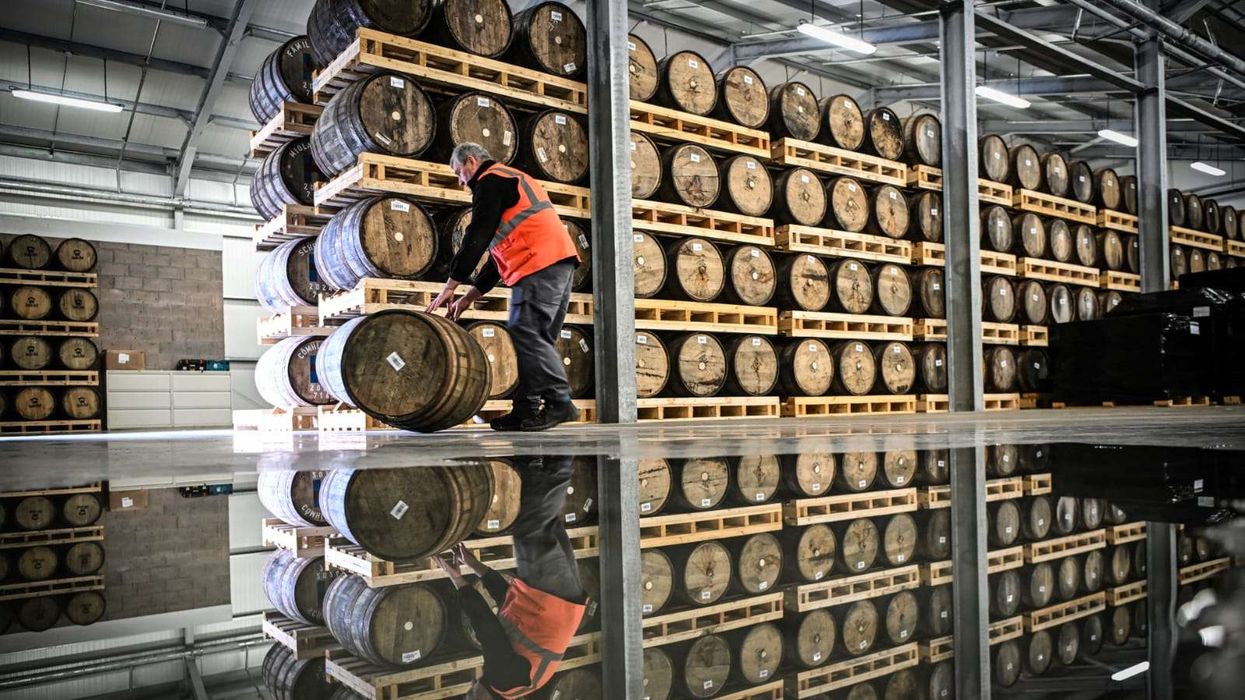BRITISH shop prices experienced an annual decrease this month for the first time since October 2021, driven by summer sales in clothing and household items, according to a survey released on Tuesday.
The British Retail Consortium (BRC) reported that shop prices fell by 0.3 per cent in August compared to the same month last year. This follows a 0.2 per cent increase recorded in July.
Non-food prices saw a decline of 1.5 per cent, marking the largest drop in over three years. Meanwhile, food prices rose by 2.0 per cent, a slight slowdown from July’s 2.3 per cent increase, representing the smallest rise since November 2021.
"Shop price inflation has decreased again in August as many non-food retailers have maintained promotional support due to unpredictable weather," said Mike Watkins, head of retailer and business insight at NielsenIQ, which compiles the data.
"Food retailers have also introduced more price cuts to boost sales during the 'summer of sport'," Watkins added, referencing events like the Paris Olympics and the men's Euro 2024 soccer tournament.
The BRC survey monitored prices in major retail chains between August 1 and August 7.
The latest official data on annual consumer price inflation, which includes services as well as goods, showed a rise in July to 2.2 per cent, up from 2.0 per cent earlier in the year.
The Bank of England (BoE) expects CPI inflation to reach around 2.75 per cent by the end of the year as the impact of significant energy price reductions in 2023 wanes. The BoE predicts inflation will return to its 2 per cent target in the first half of 2026.
Earlier this month, the BoE cut interest rates from their 16-year high, and investors anticipate at least one more quarter-point reduction before the year ends.
(With inputs from Reuters)












